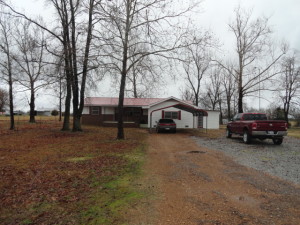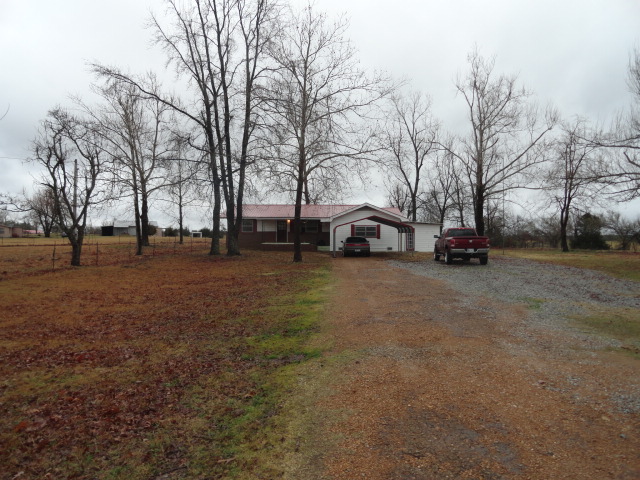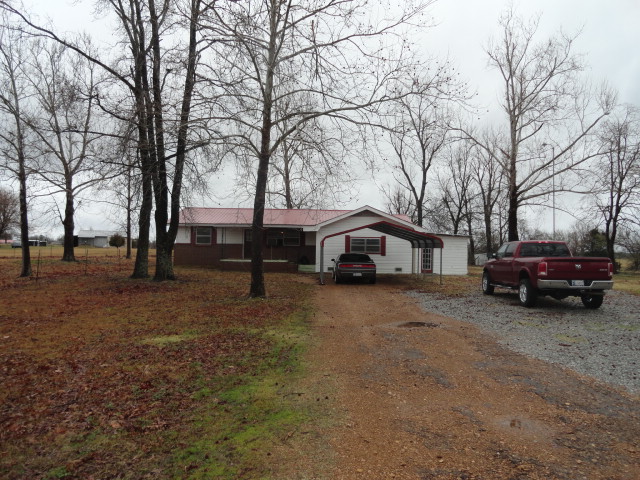3 Acre Home Place Fenced
Here is a nice, clean 3 bedroom 2 bath home situated on a 3 fenced acres. Located approximately 3 miles east of Antlers Oklahoma, this home has laminate flooring, large laundry room, and kitchen has concrete counter tops. Call Jimmy to see the property. 580-317-5275. Great place to keep a horse or other animals. Lots of large trees.
WHAT I LOVE ABOUT THE HOME
Location
Antlers is a city in, and the county seat of, Pushmataha County, Oklahoma, United States. The population was 2,453 at the 2010 census, a 3.9 percent decline from 2,552 in 2000. The town was named for a kind of tree that becomes festooned with antlers shed by deer, and is taken as a sign of the location of a spring frequented by deer.
Evidence exists of prehistoric occupation and activity within the city limits of present-day Antlers. Arrowheads are found periodically at sites throughout the town. Most of the prehistoric sites are atop hills, which the inhabitants could use for defensive purposes and found the most healthful.
A Mississippian culture settlement developed at Spiro Mounds, which was active from the mid-9th into the 15th century. This is the westernmost site of the culture and it is “one of the most important archaeological discoveries in North America.” The 80-acre site is preserved today as Oklahoma’s only state archaeological park.
The Spiro Mounds leaders controlled the area of Antlers and the rest of the Kiamichi River valley, as well as a large portion of what is now southeastern Oklahoma and adjacent states. The Mississippian culture was based along the Mississippi River and its tributaries. Its largest center was at Cahokia, just to the east of the Mississippi in present-day Illinois. The peoples had an extensive trading network that spanned the continent from the Gulf Coast to the Great Lakes. Spiro Mounds culture was also part of the Southeast Ceremonial Complex, an important culture which extended into what is now known as the Southeastern United States.
In the era of European exploration and colonization, the historic Caddo Indians, descendants of the Mississippians, had this area as part of their large territory. Rarely establishing permanent settlements, they were highly nomadic. They lived in bands that were allied in three loose regional confederacies. They lived by gathering plants and nuts, hunting and fishing.
Not recognizing that this was already Caddo territory, the United States granted the lands to the Choctaw Indians in 1832 by the Treaty of Dancing Rabbit Creek. This was in exchange for the Choctaw ceding their land in the American Southeast to the federal government during the period of Indian Removal. The other Five Civilized Tribes (Muskogee (Creek), Cherokee, Chickasaw and Seminole) were also forced to cede their lands in the same period.
The Choctaw established communities that replicated the three major divisions of their people in the Southeast, so there were three centers of loose government. White settler encroachment on their land soon began again. During the American Civil War, most of the Choctaw allied with the Confederate States of America, which had suggested it would support an independent Indian state if it won the war. Source: Wikipedia


























 Southeast Oklahoma Real Estate at its BEST. Located in Choctaw County Oklahoma...
Southeast Oklahoma Real Estate at its BEST. Located in Choctaw County Oklahoma...